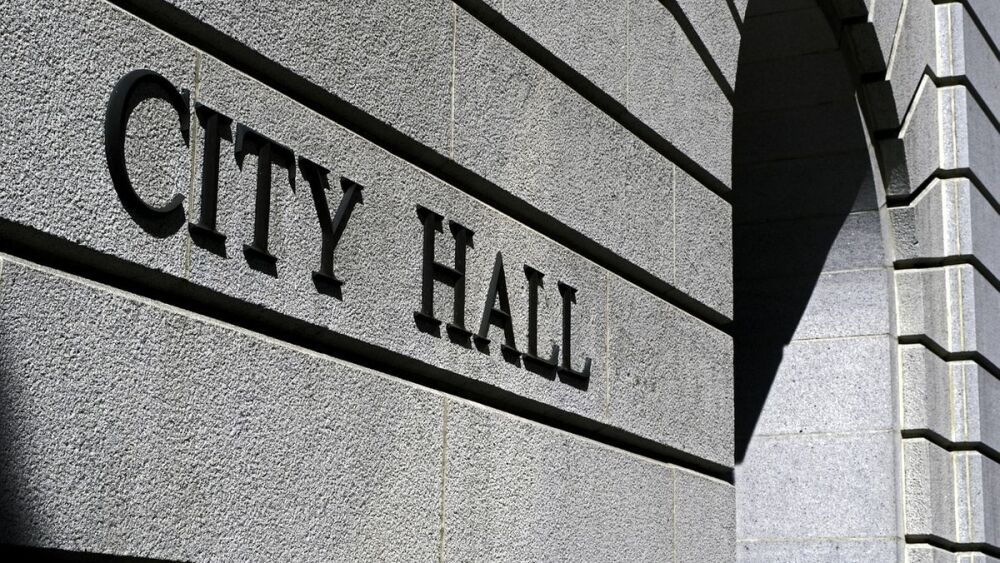By Kimi Narita
Natural Resources Defense Council Blog
With the final Clean Power Plan rule coming out any day now, many states will soon begin a thorough stakeholder engagement process to build out implementation plans. And there’s a powerful leadership voice we should be paying attention to - the voice of cities. Mayors, city councils, and city staff have critical roles to play in these stakeholder negotiations to advance compliance in their states.
The U.S. Environmental Protection Agency’s Clean Power Plan will set a national limit on carbon pollution from power plants, which accounts for 40 percent of the nation’s total emissions. But who uses the biggest chunk of that power generated from those power plants? Buildings. According to the U.S. Energy Information Administration, in 2014, 41 percent of total U.S. energy consumption came from residential and commercial buildings. Buildings are responsible for a comparable amount of U.S. carbon pollution across the nation, but in cities that number jumps to over 50 percent. In some cities like Chicago, energy use in buildings is responsible for 71 percent of the city’s carbon pollution.
To create a more sustainable and resilient city, energy use in buildings must be addressed. That’s why leading cities are taking action through energy efficiency best practices like benchmarking and transparency policies that require buildings to track and report their energy use on an annual basis. This best practice has been shown to correlate to a reduction in energy use. In New York City, after the benchmarking ordinance was passed, the city experienced nearly a 6 percent reduction in energy use over four years. Fifteen cities and counties have these kinds of policies on the books, and a plethora of cities are implementing other best practices like local energy efficiency challenge programs. Now is the time to be recognized for that local leadership and shape what happens at the state level.
Read full coverage here.










